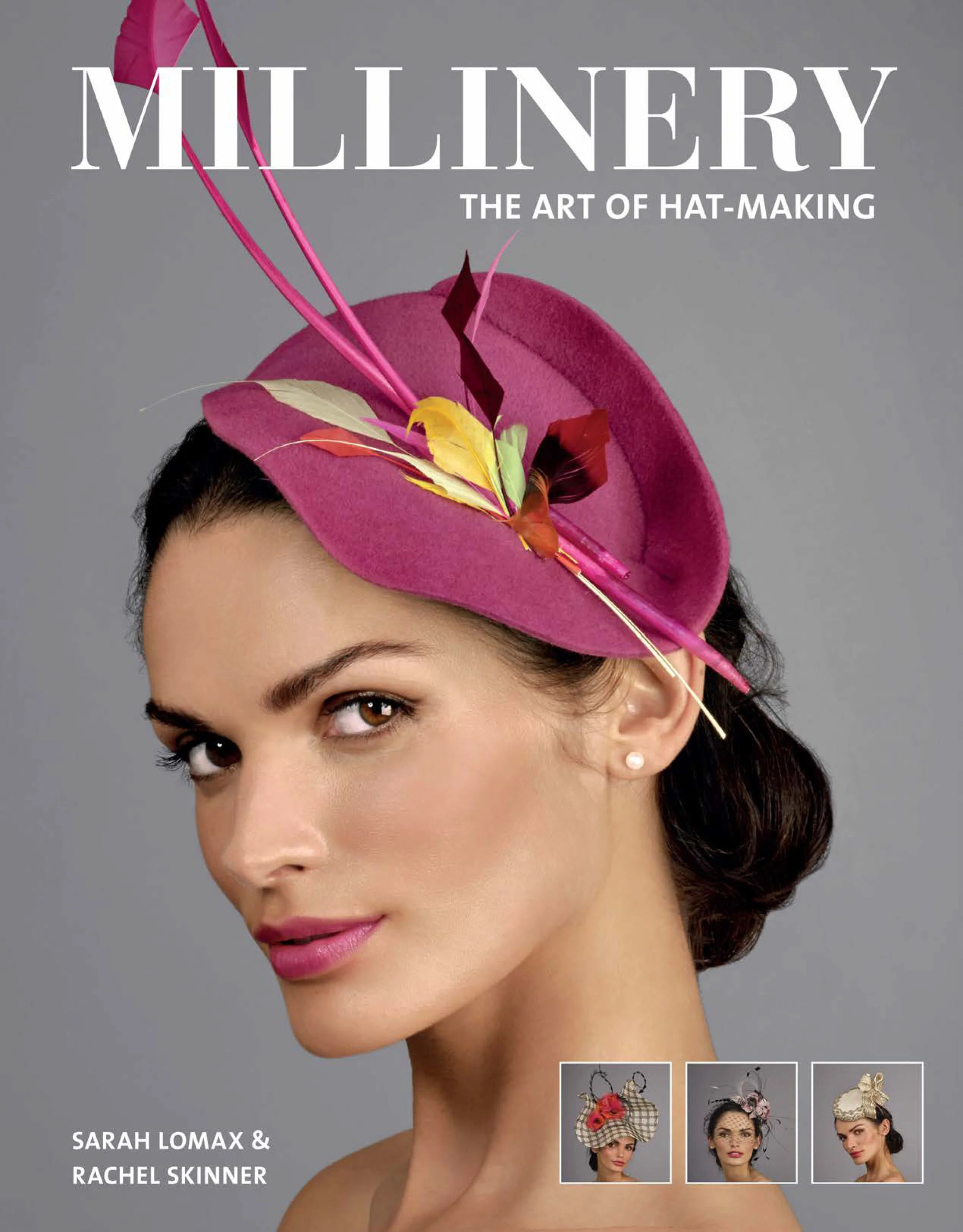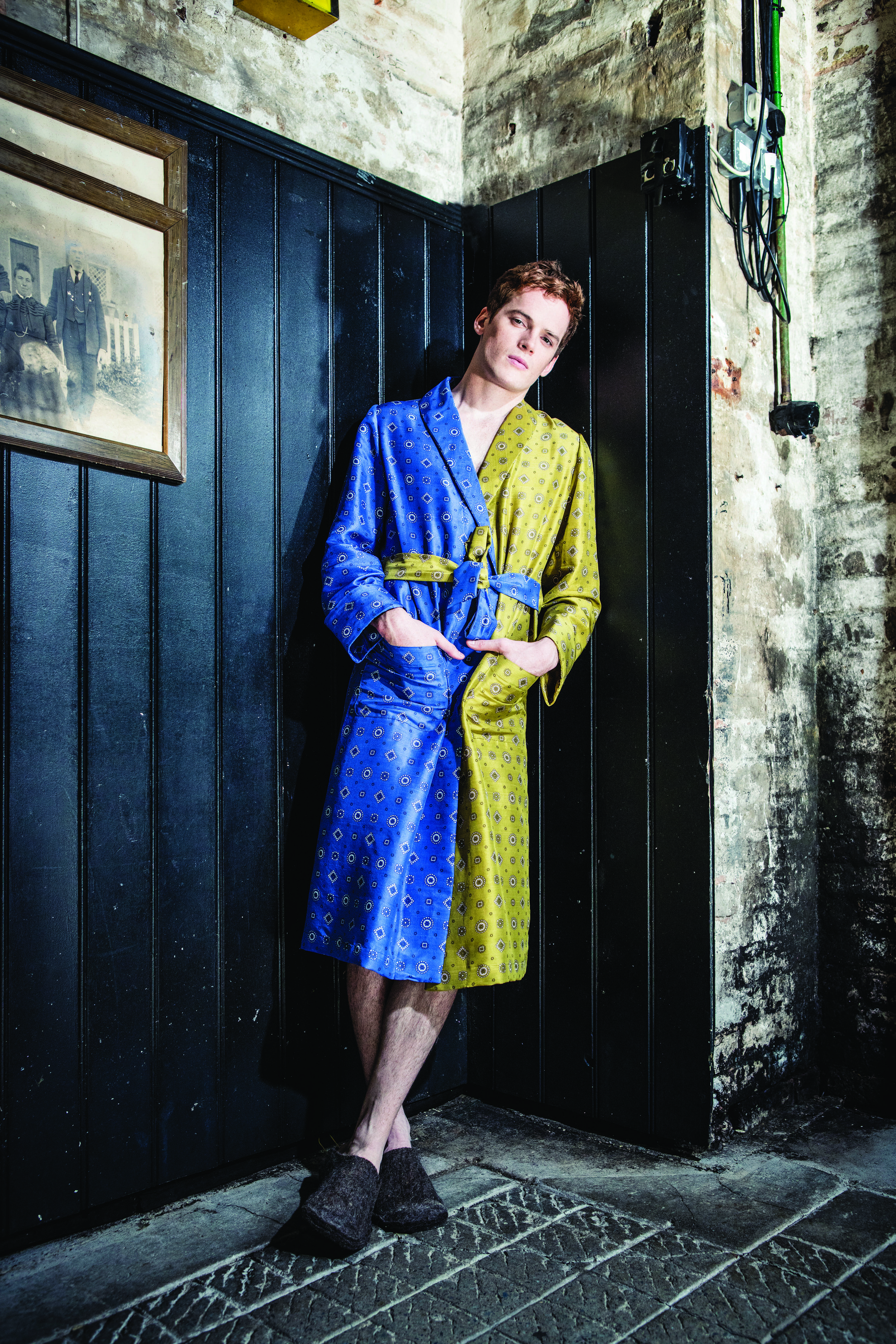With their crisp coolness I cant resist a mans poplin shirt. Here’s a beauty I transformed into a desirable Peter Pan collar blouse, perfect for long hot summer days. Using embroidery scissors and a stitch ripper I unpicked two shirts ready for remodeling, a striped one for the body and white for the collar. I traced the pattern for the shirt and collar from a favourite old blouse I’d had for several years.
You will need:
2 old cotton shirts I for the body of the shirt another for collar
thread
pins
dress making and embroidery scissors
measuring tape
pencil
ruler
greaseproof paper for pattern making
stitch ripper
Steps:
1. Cut three bias strips 3cm wide, 60cm long. Open out one of the sleeves, at the widest section make a 45 degree fold.
2. Use a pencil to mark 3cm intervals along the fold line, pencil to draw a straight line joining the marks. To make bias strips, cut along the fold line, then along the drawn lines.
3. To make long bias strips join strips together.
4. Right sides together place 2 strips at 90 degrees to each other, sew to join
5. Trim seam and press open.
6. The back of the blouse is made from the front button opening of the old shirt. Pin the paper blouse pattern in position with a button at the top of the opening and allow for seam allowances.
7. Cut the out front and back section, then sew together at the shoulder.
8. Cut four collar pieces from the second shirt and 2 from bondable fabric stiffener. Iron fabric stiffener on the reverse side of two collar pieces. Pin and sew two collar pieces together, repeat with the remaining pieces. Trim the seam and cut notches on the curved seems, turn right sides out and press.
9. Pin and tack the collar pieces in place on the neckline. Take a long strip of bias binding, pin and tack along the neck line over the collar edge, sew in place. Trim along sewing line, cutting notches along the curve.
10. Fold the bias binding to tuck in the raw edge, fold again and pin and tack, before sewing down.
11. Pin and sew bias binding around the armholes.
12. Sew the side seems together, neatening edges with zigzag stitch. Finish the arm holes by turning the bias binding to cover raw edge, pin, tack and sew in place. Hem the bottom edge of the shirt, folding up by 2cm and press, then to neaten fold raw edge in on itself.
Here is another piece you might like, go take a look: Star Light Canvas














































